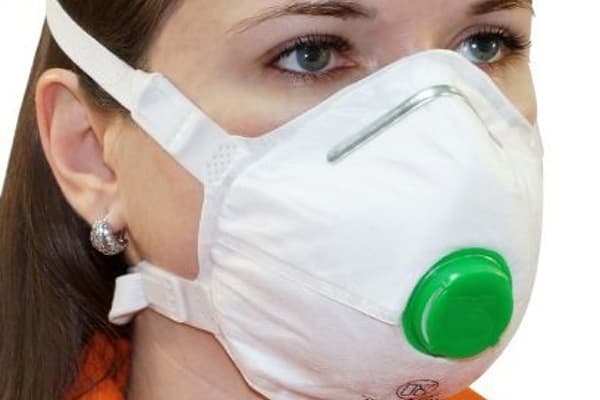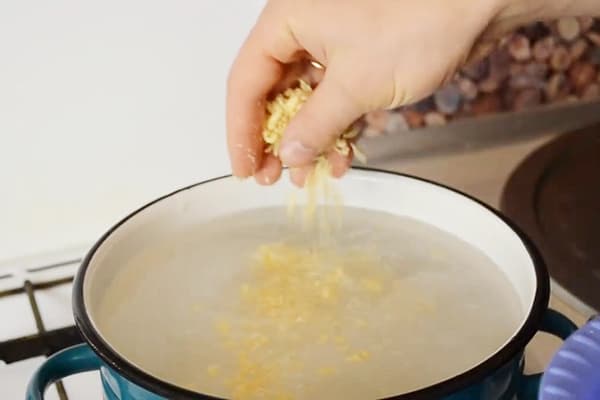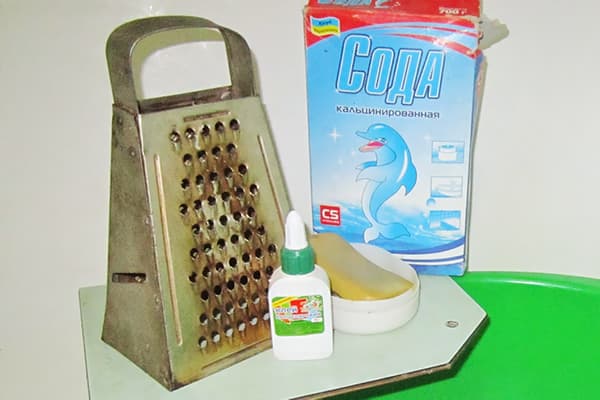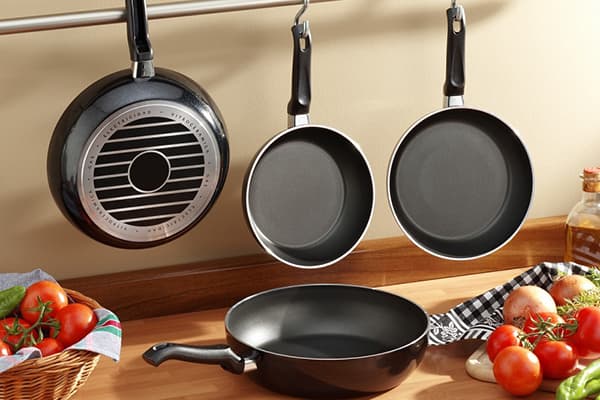Cleaning a frying pan from carbon deposits with glue, soda, soap - “medieval” or an effective method?
Our grandmothers used office glue to remove carbon deposits on pots and pans. They had no other choice, because the only household chemicals sold in stores were dark brown bars of soap with the numbers “72%” embossed on them. One could only dream of specialized gels and powders, but people did not give up and invented effective ways to put kitchen utensils in order.
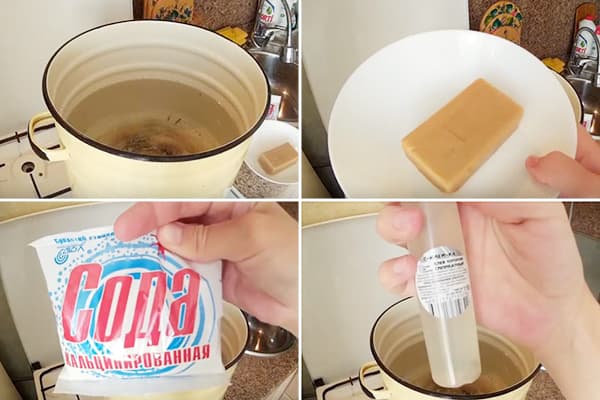
Ingredients
According to recipes that have been preserved since the times of the early USSR, the solution for cleaning dishes consisted of only four components:
- silicate glue – you will need one large bottle of 200 ml;
- soda ash (it should not be confused with caustic soda, otherwise disaster will not be avoided, as well as with baking soda, which will not give the required effect) in the amount of 250 g;
- laundry soap (the same one, dark, with an unpleasant smell) - one bar will be enough;
- buckets of water (10 l).
Also, during the work process, a large metal container was required, preferably not enameled inside. However, as the experience of previous generations shows, the enamel layer is damaged only if you carelessly load and unload heavy dishes.
To stir the solution you need a clean stick. You can pick up or break off a branch from a tree, or use an unnecessary wooden spoon with a long handle if you don’t mind throwing it away.
Safety regulations
The ingredients used in the recipe themselves are relatively safe for humans and pets as long as they are not eaten or inhaled. Of course, no one will eat soap, glue or soda, but inhaling their vapors while cooking the solution is quite possible. Therefore, the first and main rule is to start work only if the windows in the room are open. A working hood and forced ventilation will be a plus.
A respirator wouldn't hurt either. People sensitive to air purity are unlikely to be able to stay near the heated solution without additional respiratory protection.
Just in case, children and animals should be removed from the premises. If they are careless, they risk getting burned by alkaline boiling water.
Preparation of the solution
The container prepared for cleaning kitchen utensils is placed on the stove and filled no more than half with water. The amount of ingredients is recalculated in accordance with the volume of liquid used, after which they begin to prepare the solution:
- Grate the soap and pour the resulting shavings into a container of water. Soda is also sent there and stationery (silicate) glue is poured.
- Stir everything thoroughly with a stick until the solution heats up and acquires a uniform consistency.
- Dishes with a layer of soot are immersed in a container and boiled until the blackness begins to fall off the sides and bottom. Depending on how long ago the soot formed and its thickness, this will take from half an hour to three hours. During long-term cooking, you need to periodically add evaporated water.
- At the end of the process, turn off the stove and leave the dishes in the solution until they cool.
It happens that even after several hours of boiling, soot remains on the pot or pan. This indicates that it has ingrained itself too firmly into the surface of the metal and is now impossible to do without physical labor. While the layer is softened, you can try to scrape it off with a knife. A metal sponge will not help much in this matter, since old dirt is too tough for it; In addition, carbon deposits, which are removed in thin pieces, get stuck between the spirals of the scraper and complicate the work.
You can also re-boil the dishes by adding another dose of ingredients to the existing solution, i.e. making it more concentrated.
Recipe options
On the Internet you can find many variations of the recipe described above. Not all of them are equally effective, and some are completely useless:
- A solution consisting only of water and glue dissolves fats worse than one that includes all the ingredients. And replacing silicate glue with regular PVA is completely meaningless and negates the housewife’s efforts to put the dishes in order.
- Excluding laundry soap from the solution makes cleaning heavily soiled utensils more difficult.
- The use of sodium bicarbonate (regular soda, which is used in cooking) instead of sodium carbonate (soda ash) reduces the alkalinity of the solution, which also interferes with the normal softening of carbon deposits.
- But the most terrible mistake arises as a result of the similarity of the names of soda ash and caustic soda. The latter is caustic technical soda. The substance belongs to the second hazard class according to GOST 12.1.007. Caustic soda causes chemical burns upon contact with skin and severe corrosion of metals upon prolonged contact.
For which dishes is this method not suitable?
Not all pots and pans can be cleaned by boiling them in a glue solution.
You should look for another solution for dishes that:
- has permanent handles with wood inserts – it will swell from water, and the varnish coating will fall off. The situation is similar with bone knobs on handles and lids - they will become rough and ugly;
- should be shiny. After cleaning, you will have to spend a lot of time grinding the metal so that the surface becomes mirror-like again;
- coated with a non-stick layer (including Teflon) – boiling in alkali will lead to the loss of its basic qualities, and food will begin to stick intensely to the bottom, even if frying in a huge amount of oil.
Aluminum utensils tolerate alkali treatment well, but lose the oxide film that protects the metal from destruction. Over time, it will recover from contact with air, but it is better, without waiting for this, to boil the dishes in clean water for several minutes.
But before you start cleaning an old cast iron cauldron or frying pan, you should think about it. The black layer on them is not carbon deposits, but a natural non-stick coating that has been formed over the years. The solution will corrode it in a matter of minutes, but it will take at least six months to restore it. In addition, cast iron will rust heavily after contact with alkali.
So, washing a frying pan, saucepan or any other utensil that, due to the housewife’s oversight, has lost its attractive appearance, will not be difficult if the correct proportions of the alkaline solution are observed. After cleaning is completed, the dishes should be rinsed with water and detergent used for daily dishwashing.Those items that will not be harmed should be heated over a fire - this will completely eliminate any unpleasant odors that the dishes may have absorbed during cleaning.
